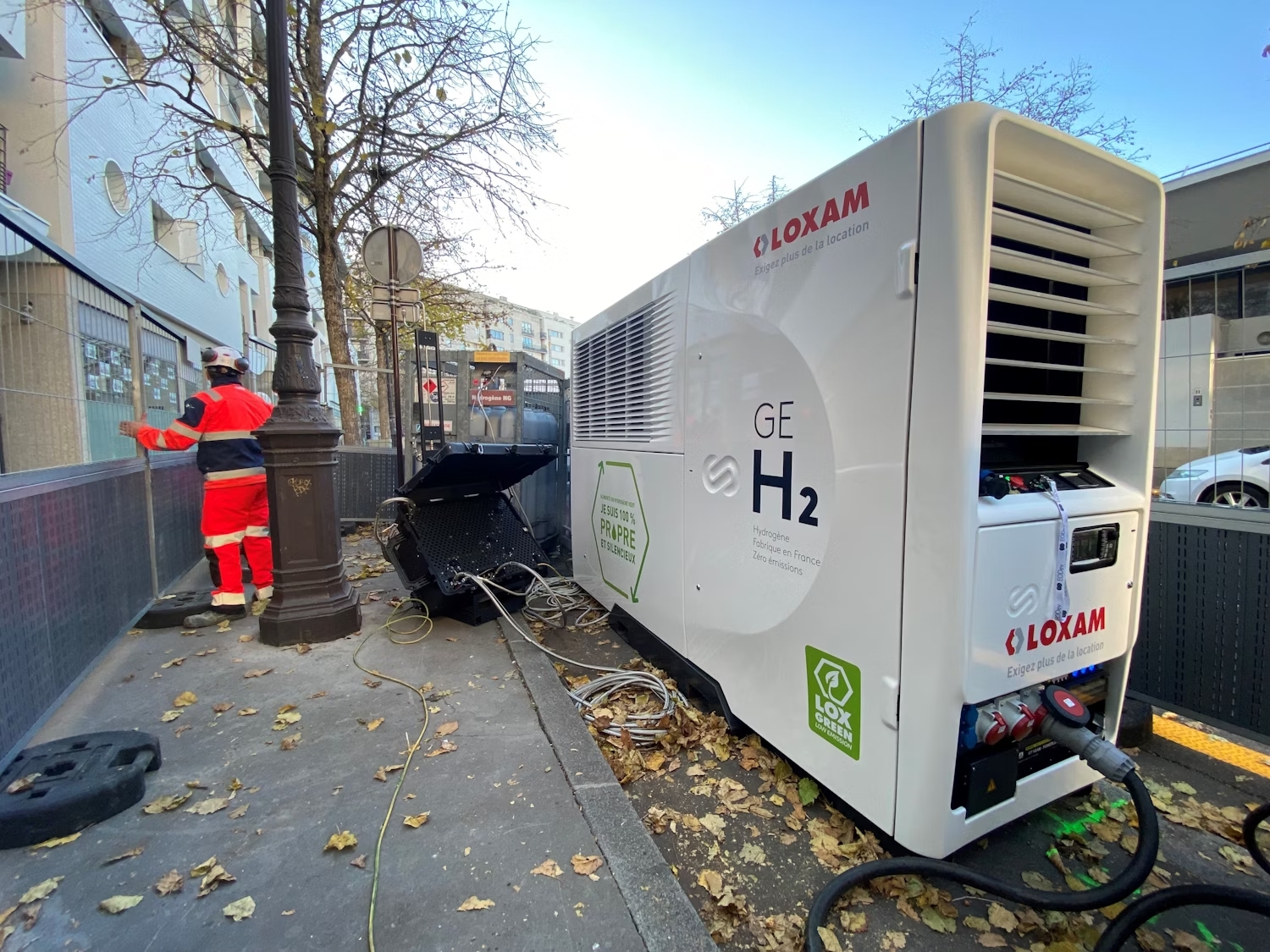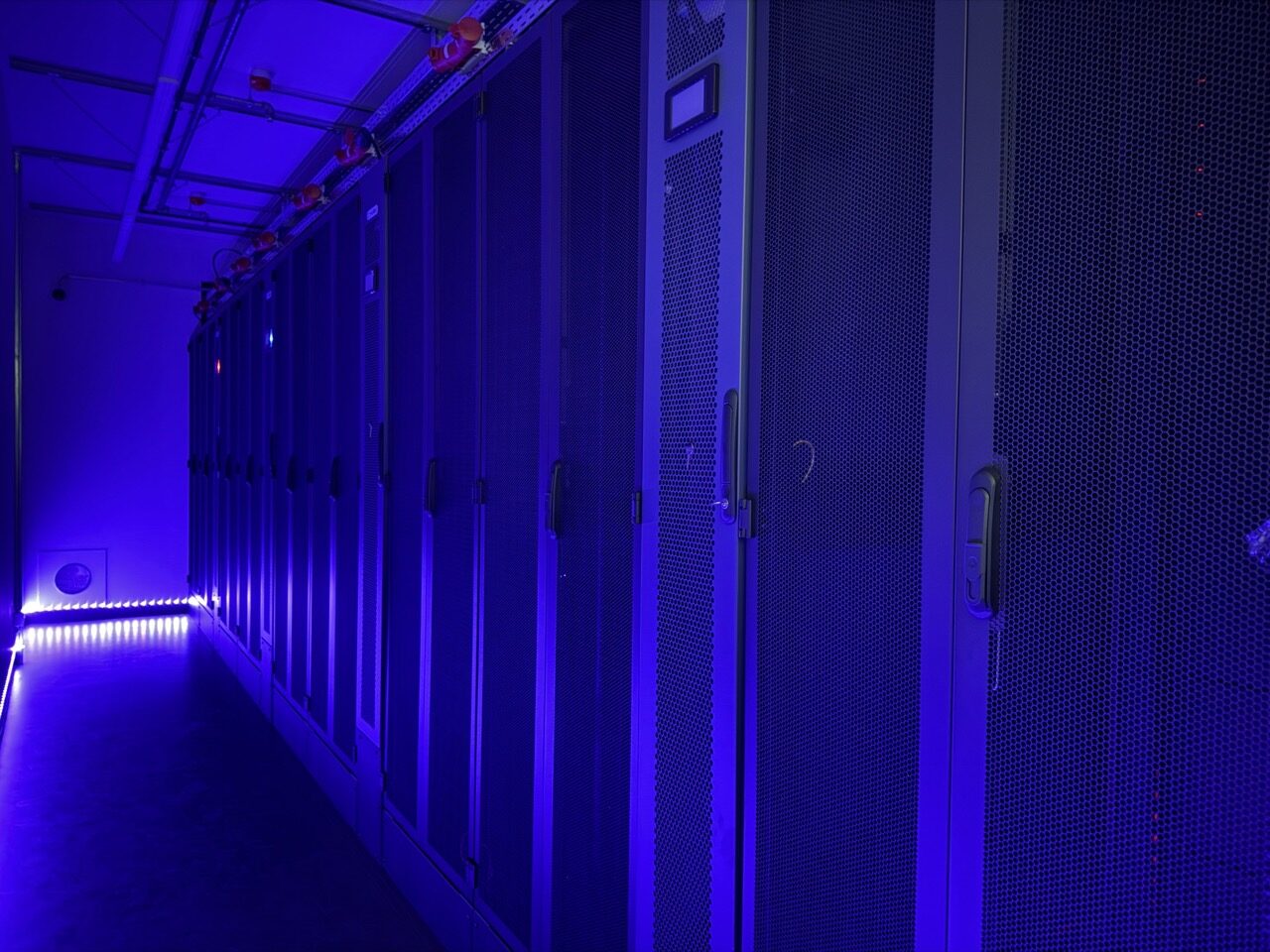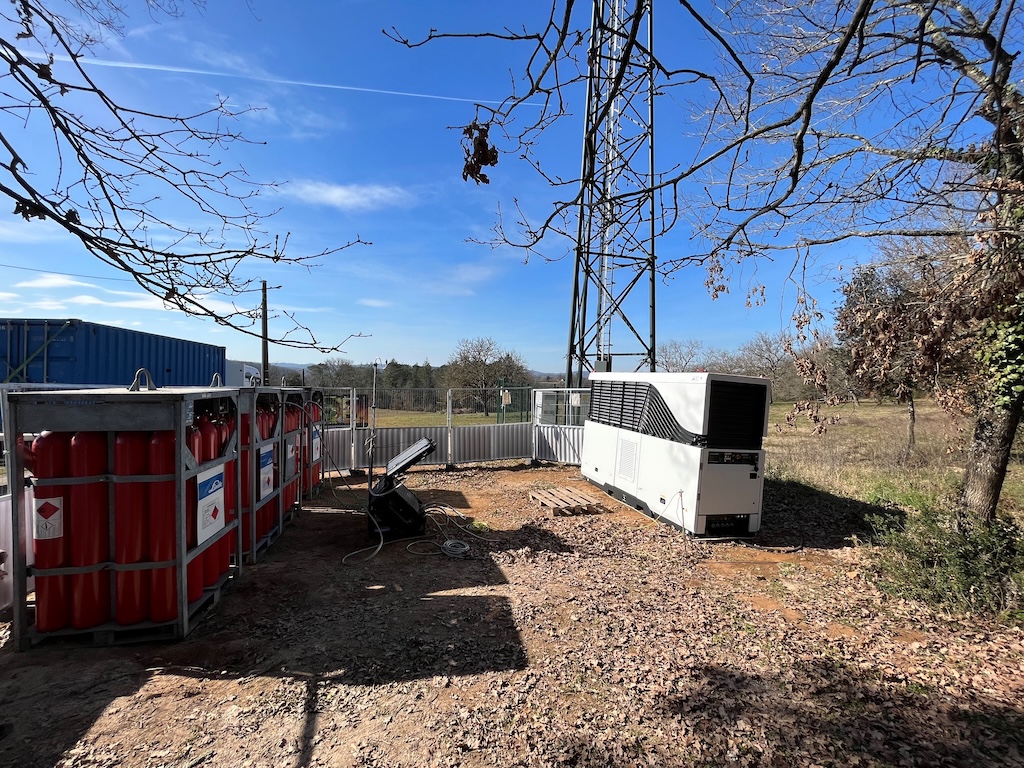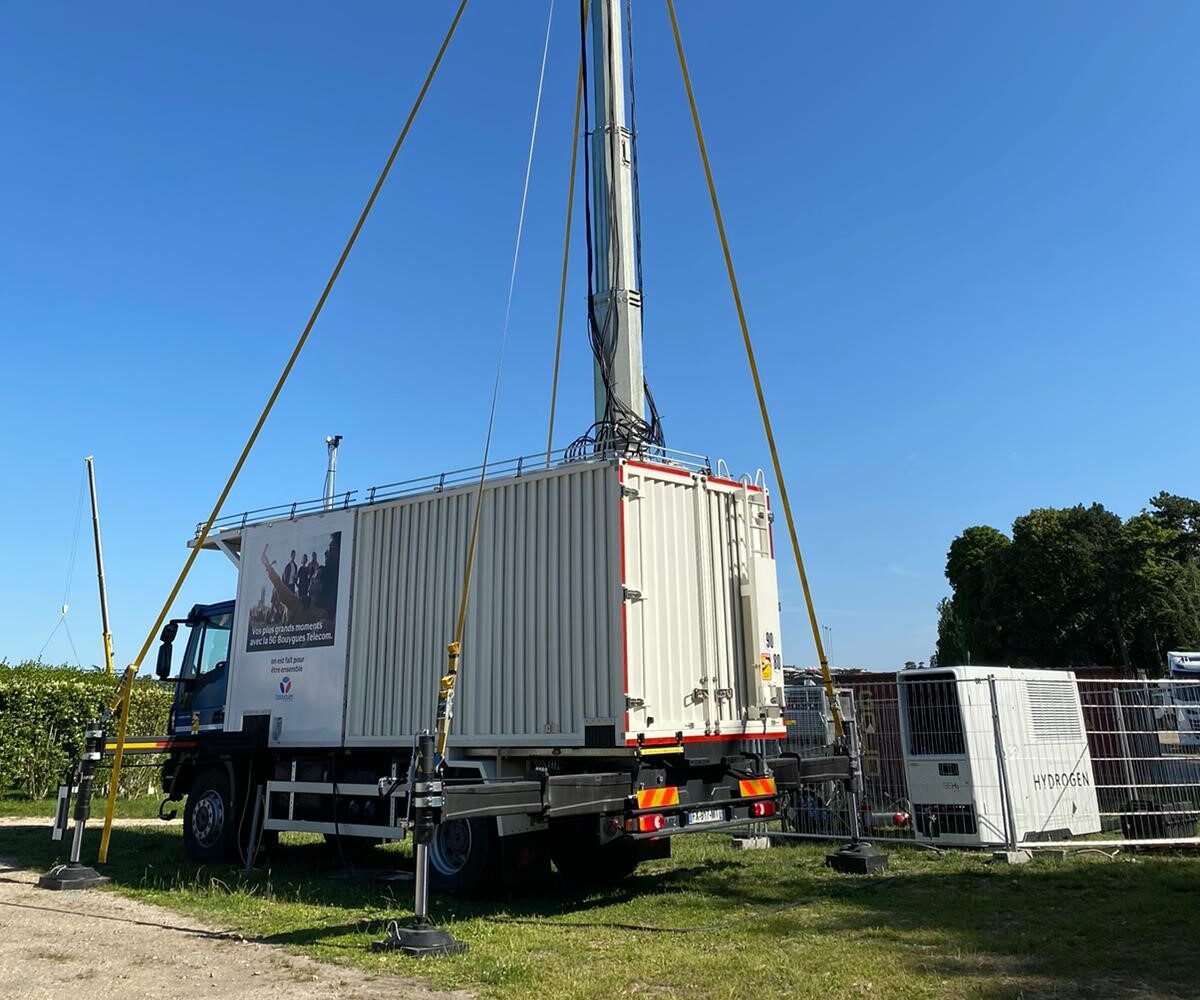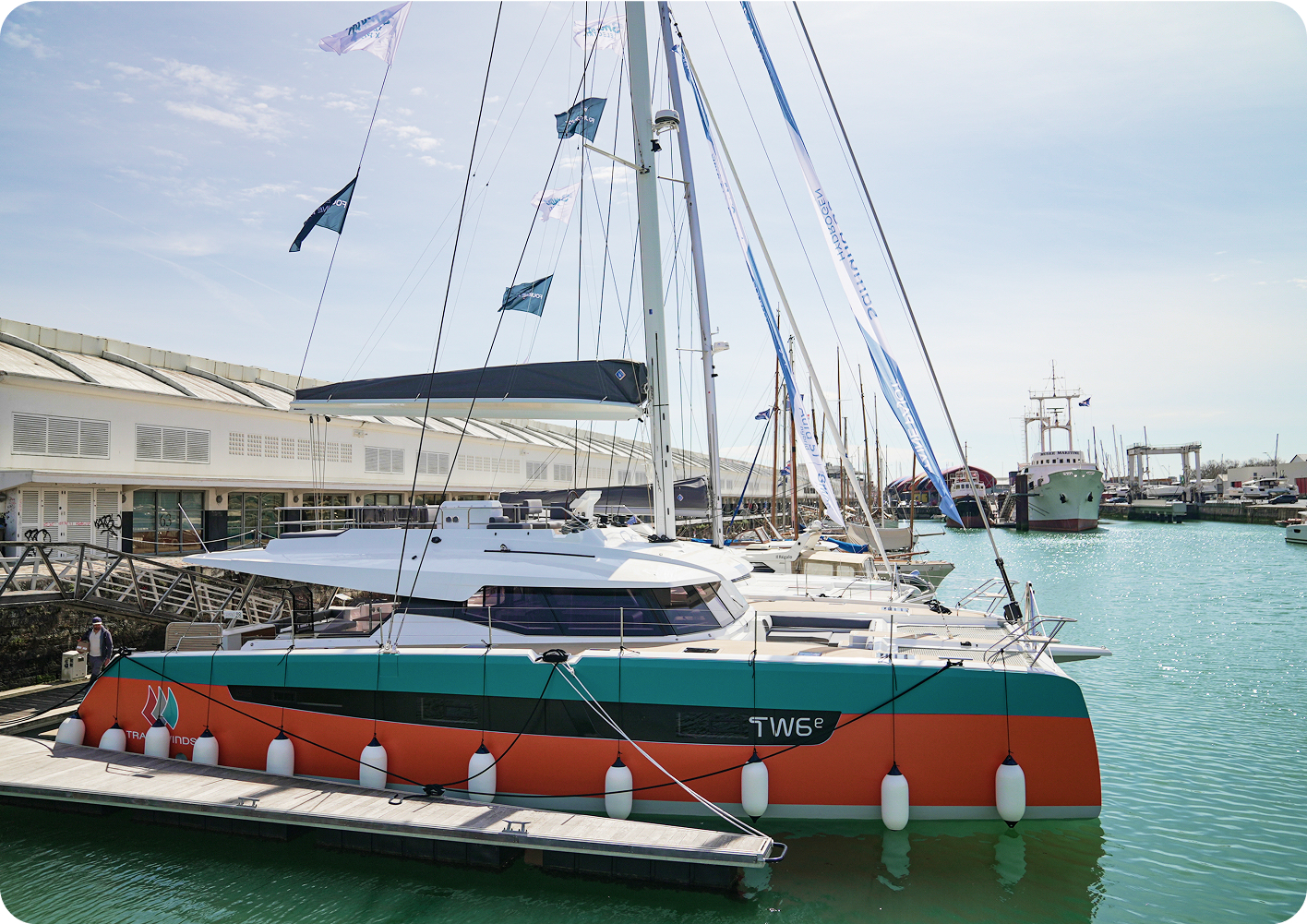A zero emission worksite
Europe’s leading equipment rental company LOXAM has deployed zero-emission worksites in the heart of Paris for its customer Vinci Constructions, using EODev’s GEH₂ to make these construction works as low-carbon and silent as possible.
First experiments in the city
During the first experiment carried out in autumn 2021, Vinci Constructions powered an entire site, located in the heart of Paris, with LOXAM’s GEH₂ designed by EODev.
More responsible public works
The GEH₂ electro-hydrogen generator provides electricity with no emissions (CO₂, Sox, Nox) into the atmosphere and no fine particles. It is also virtually silent and only rejects water and heat as by-products that can be reused for other purposes. As such, it is of great interest to construction companies, particularly when work is being undertaken in residential areas.
An installation for supplying electricity and recharging equipment
Providing electricity to the life base and recharging an electric shovel, EODev’s GEH₂ saved 156 kg of CO₂ over 3 days; and the neighbourhood was able to experience the silence of our generator. The experiment, which is being repeated on other sites for other Vinci Constructions worksites, has been a resounding success.
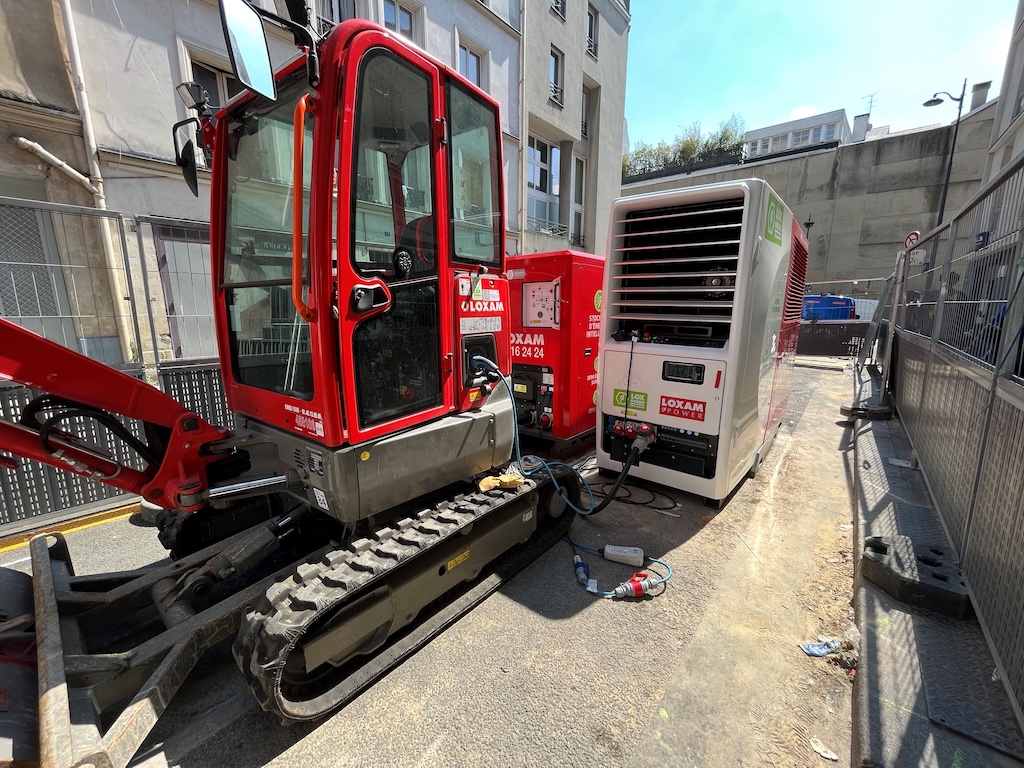
“The solution we are proposing today is highly adaptable to all types of use where reducing environmental pollution is absolutely essential.”
Cédric Conrad, CSR Manager at Loxam
Find out more about the project in this video presentation.
